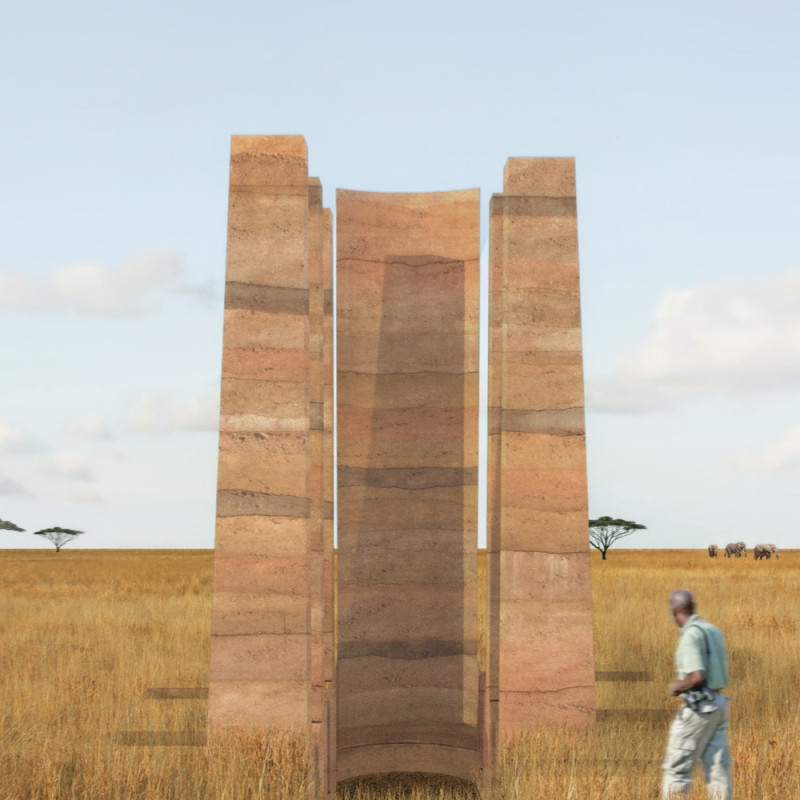5 key facts about this project
The pavilion constructed with rammed earth serves as a testament to sustainable design. Located in an appropriate setting, it functions as an exhibition space to educate visitors about the merits of this ancient building material. The overall design emphasizes a cycle of use, where the structure demonstrates not just the possibilities of rammed earth but also a deeper connection with the natural environment.
Construction Process
The process begins with the excavation of the site, which creates a negative space that defines the future exhibition area. This initial step effectively makes use of the earth that is removed, laying the groundwork for what comes next. The design is clear and structured, focused on ensuring that every piece of earth is put to good use.
Material Application
Once the site is excavated, the earth is utilized to form self-supporting pillars using traditional rammed earth techniques. Layers of compressed dirt are placed in molds until the pillars reach the desired height. The resulting pillars are not only strong and durable but also exhibit the unique qualities that rammed earth is known for, providing both structural support and visual interest.
Educational Function
This pavilion goes beyond mere construction; it serves as a platform for learning. Inside, information boards share details about the history, benefits, and methods of using rammed earth. This educational aspect encourages visitors to appreciate the material while also considering its applications in modern building practices.
Cyclical Philosophy
At the conclusion of the exhibition, the pavilion is designed to be dismantled, allowing the original earth to fill the space once more. This philosophy of returning to nature highlights the project’s respect for the environment. The design approach emphasizes the relationship between the built structure and the natural world, culminating in a thoughtful cycle of construction and deconstruction that reintegrates the site into its original state. The pavilion offers a meaningful narrative about sustainability, blending educational opportunities with a deep appreciation of ecological principles.



















































